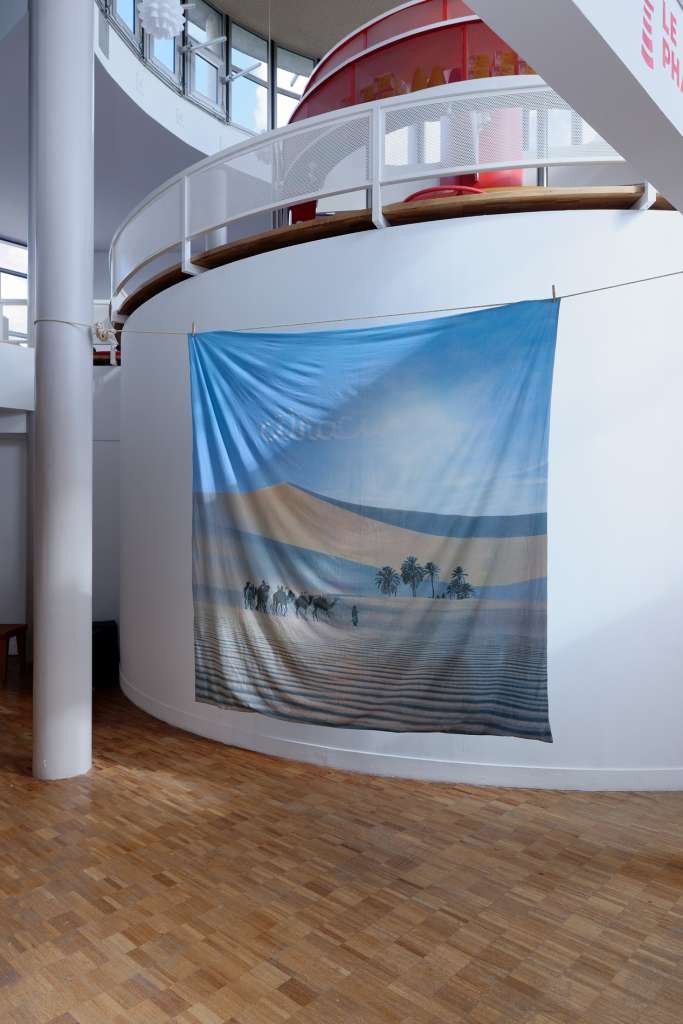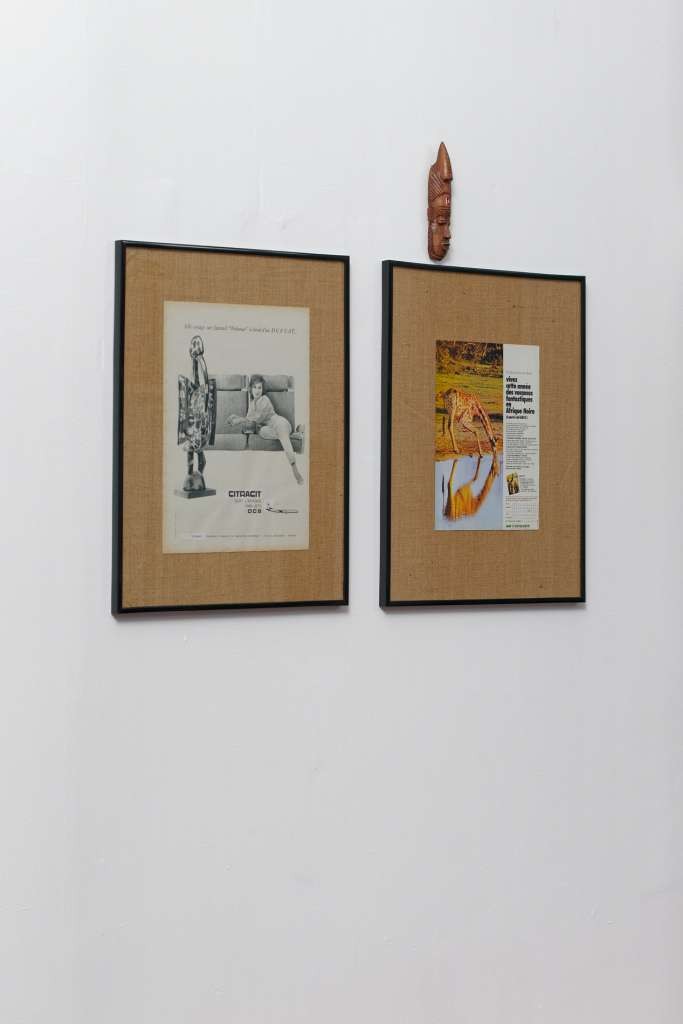Adrien Guillet
22 Sep - 13 Dec 2017

Adrien Guillet, Citracit, installation view, Théâtre Brétigny, 2017
Coproduction CAC Brétigny—Théâtre Brétigny
Photo: © Aurélien Mole
Coproduction CAC Brétigny—Théâtre Brétigny
Photo: © Aurélien Mole

Adrien Guillet, Citracit, installation view, Théâtre Brétigny, 2017
Coproduction CAC Brétigny—Théâtre Brétigny
Photo: © Aurélien Mole
Coproduction CAC Brétigny—Théâtre Brétigny
Photo: © Aurélien Mole

Adrien Guillet, Citracit, installation view, Théâtre Brétigny, 2017
Coproduction CAC Brétigny—Théâtre Brétigny
Photo: © Aurélien Mole
Coproduction CAC Brétigny—Théâtre Brétigny
Photo: © Aurélien Mole

Adrien Guillet, Citracit, installation view, Théâtre Brétigny, 2017
Coproduction CAC Brétigny—Théâtre Brétigny
Photo: © Aurélien Mole
Coproduction CAC Brétigny—Théâtre Brétigny
Photo: © Aurélien Mole

Adrien Guillet, Citracit, installation view, Théâtre Brétigny, 2017
Coproduction CAC Brétigny—Théâtre Brétigny
Photo: © Aurélien Mole
Coproduction CAC Brétigny—Théâtre Brétigny
Photo: © Aurélien Mole
ADRIEN GUILLET
Citracit
22 September — 13 December 2017
In co-production with Théâtre Brétigny, Adrien Guillet does on-site work in the hall of the theater, echoing the theater’s own program.
Citracit (Compagnie transafricaine Citroën) is the name of a travel agency launched by the French automobile maker Citroën that was supposed to link Paris and Timbuktu but never saw the light of day. Considerable effort was later made to wipe out every trace of the project.
Fascinated by the avant-garde publicity strategies of André Citröen and the aura of mystery that surrounds the failure of this tourist venture, the artist Adrien Guillet offers us a bit of alternate history in the form of a shop selling souvenir gifts, www.citracit.fr. This shop brings together a collection of objects (ceramic sculptures, wooden masks, collages, clothing and accessories) that would have been sold in the boutiques and stores in the hotels run by this tour operator.
A graduate of HEAD in Geneva with a master’s degree in Contemporary Art Practices, Adrien Guillet has recently shown his work in the exhibitions “Emporium of Benevolent Data” (Corner College, Zurich) and “L'agence de Voyage Citracit” (Indice 50, Paris). His experiments have taken a theoretical and visual turn via painting, sculpture, publishing, and installation work. He draws on a number of areas simultaneously, semiology, philosophy, marketing, and economics to shed light on the almost cultural relationship we have with form.
Citracit
22 September — 13 December 2017
In co-production with Théâtre Brétigny, Adrien Guillet does on-site work in the hall of the theater, echoing the theater’s own program.
Citracit (Compagnie transafricaine Citroën) is the name of a travel agency launched by the French automobile maker Citroën that was supposed to link Paris and Timbuktu but never saw the light of day. Considerable effort was later made to wipe out every trace of the project.
Fascinated by the avant-garde publicity strategies of André Citröen and the aura of mystery that surrounds the failure of this tourist venture, the artist Adrien Guillet offers us a bit of alternate history in the form of a shop selling souvenir gifts, www.citracit.fr. This shop brings together a collection of objects (ceramic sculptures, wooden masks, collages, clothing and accessories) that would have been sold in the boutiques and stores in the hotels run by this tour operator.
A graduate of HEAD in Geneva with a master’s degree in Contemporary Art Practices, Adrien Guillet has recently shown his work in the exhibitions “Emporium of Benevolent Data” (Corner College, Zurich) and “L'agence de Voyage Citracit” (Indice 50, Paris). His experiments have taken a theoretical and visual turn via painting, sculpture, publishing, and installation work. He draws on a number of areas simultaneously, semiology, philosophy, marketing, and economics to shed light on the almost cultural relationship we have with form.
